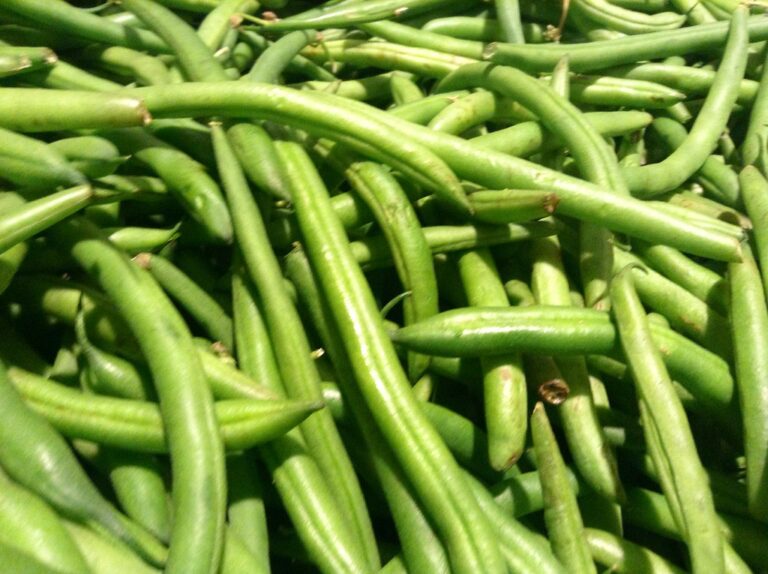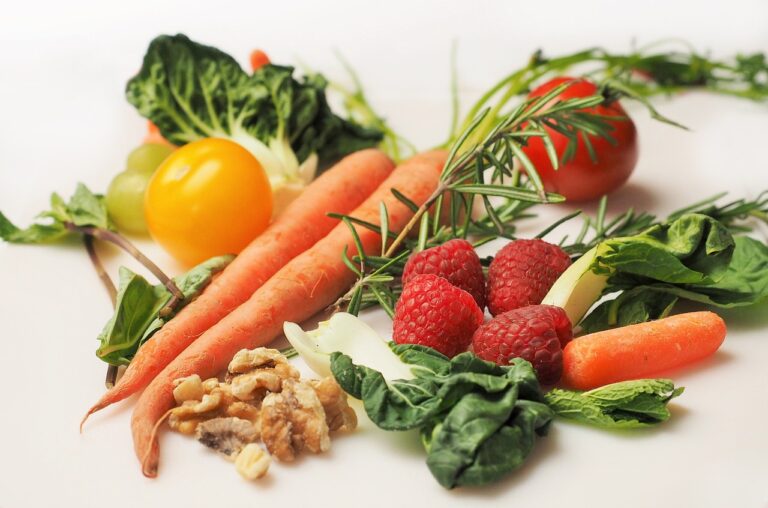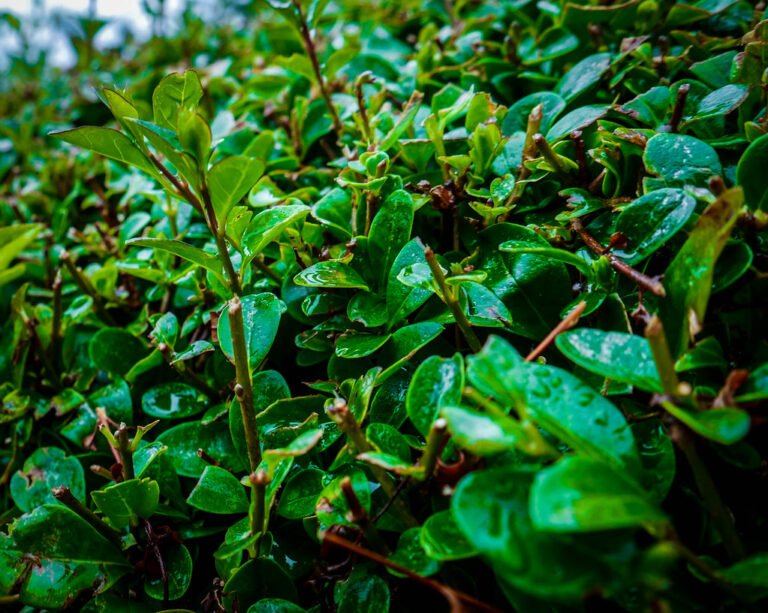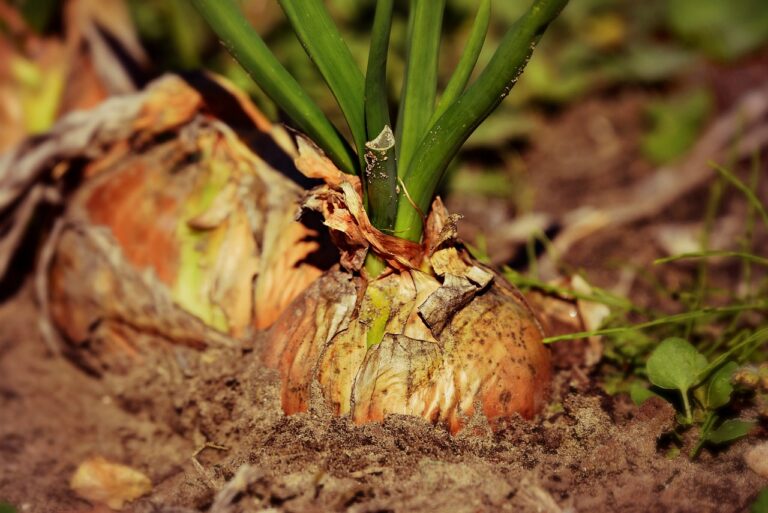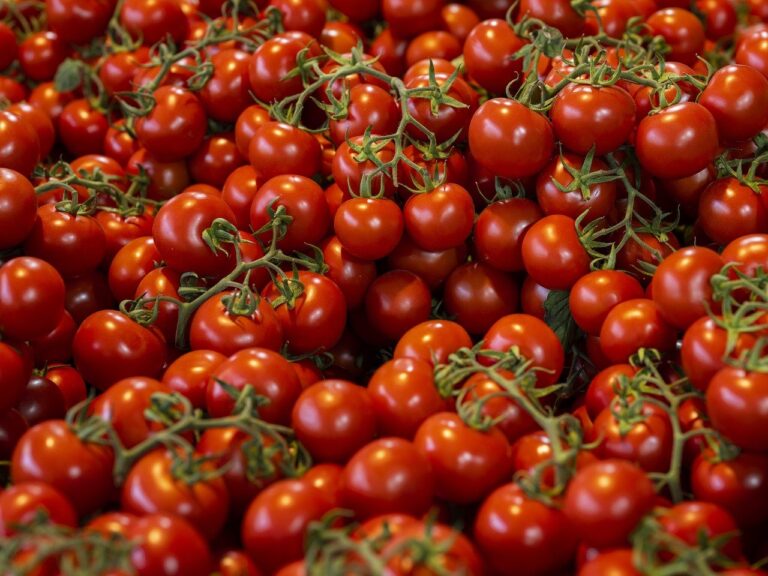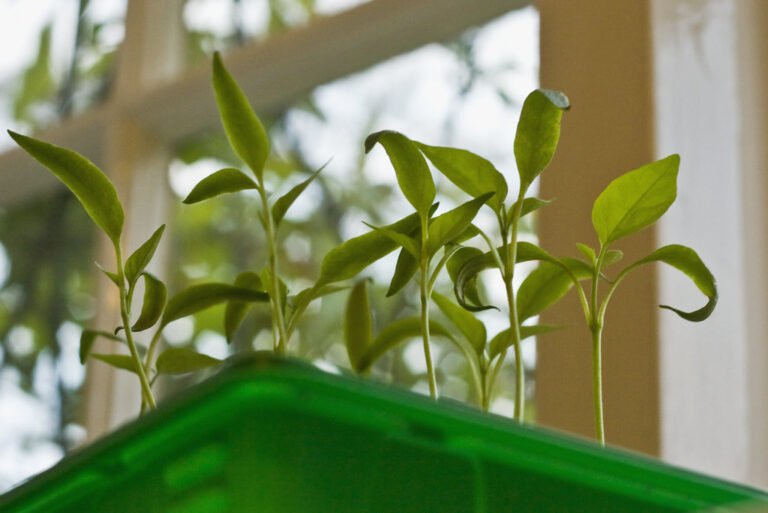Understanding the Different Stages of Broccoli Plant Growth
Are you curious about how broccoli plants grow? Well, you're in luck! In this article, we will guide you through the different stages of broccoli plant growth. From seed germination to harvesting and storage, we'll cover it all. By understanding these stages, you'll be able to care for your broccoli plants more effectively and ensure a bountiful harvest. So, let's dive in and explore the fascinating journey of a broccoli plant from start to finish!
Seed Germination
When you plant broccoli seeds, they begin to germinate as soon as they absorb water and the internal temperature reaches the optimal range. Germination is the process by which a seed transforms into a new plant. During this stage, the seed absorbs water, causing it to swell and the embryo inside to become active. As the internal temperature increases, enzymes within the seed are activated, initiating metabolic processes necessary for growth. The first visible sign of germination is the emergence of a tiny root, known as the radicle, which anchors the plant into the soil. Soon after, the cotyledons, or seed leaves, emerge and begin to provide nutrients for the growing plant. This stage is critical for the healthy development of the broccoli plant and sets the foundation for its future growth.
Sprout Formation
To form sprouts, you will need to provide the broccoli plant with the optimal growing conditions. Sprout formation is an important stage in the growth of broccoli plants, as this is when the tiny buds start to emerge from the main stem. These buds will eventually develop into the familiar head of broccoli that we commonly consume. During this stage, it is crucial to ensure that the plants receive adequate sunlight, water, and nutrients. Broccoli plants thrive in cool weather, so maintaining a moderate temperature is essential. Regularly watering the plants and providing them with a nutrient-rich soil will help promote healthy sprout formation. Additionally, protecting the plants from pests and diseases will ensure the best possible outcome for your broccoli harvest.
Leaf Development
As the sprouts start to emerge, the broccoli plants begin to develop their leaves, which play a vital role in their overall growth and health. The leaves of the broccoli plant are responsible for photosynthesis, the process by which plants convert sunlight into energy. These green structures contain chlorophyll, a pigment that captures sunlight and converts it into chemical energy. The leaves also serve as the primary site for nutrient absorption, allowing the plant to take in essential minerals and water from the soil. They also help regulate the plant's temperature through transpiration, the process by which water evaporates from the leaves, cooling the plant in hot weather. Additionally, the leaves protect the growing broccoli head, shielding it from harsh weather conditions and pests. In summary, leaf development is a crucial stage in the broccoli plant's life cycle, ensuring its growth, health, and ability to serve others.
Stem Elongation
During stem elongation, your broccoli plant's stem will begin to lengthen and grow taller. This stage is crucial for the plant's growth and development. As the stem elongates, it allows the plant to reach towards the sunlight, ensuring optimal photosynthesis. The stem contains a network of vascular tissues that transport water and nutrients from the roots to the rest of the plant. Additionally, the elongated stem provides support for the leaves and the developing broccoli head. To facilitate stem elongation, ensure that your broccoli plant receives adequate sunlight, water, and nutrients. Regularly check for any signs of pests or diseases that could hinder the plant's growth. By properly caring for your broccoli plant during stem elongation, you are setting the stage for a healthy and productive harvest.
Bud Formation
Now that your broccoli plant's stem has elongated and grown taller, it is time to focus on the next stage: bud formation. This is an exciting phase in the growth of your broccoli plant as it signifies the development of the familiar florets that we enjoy consuming. During bud formation, small clusters of tightly packed flower buds will begin to appear at the top of the plant. These buds will gradually grow and expand, eventually forming the characteristic green florets that we associate with broccoli. It is important to provide your plant with adequate sunlight, water, and nutrients during this stage to ensure healthy bud development. Keep an eye on your plant and watch as the buds transform into delicious broccoli heads ready for harvest.
Head Formation
After bud formation, you can now move on to the next stage of your broccoli plant's growth: head formation. This is when the central bud, also known as the "head," begins to develop and enlarge. The head formation stage is crucial as it determines the final size and quality of your broccoli harvest. As the head grows, it becomes tightly packed with tiny flower buds. These buds will eventually open into small yellow flowers if left unharvested. To ensure optimal head formation, provide your broccoli plants with ample water and nutrients. Regularly monitor the soil moisture levels and fertilize the plants as needed. Additionally, ensure that your broccoli plants receive sufficient sunlight and maintain a consistent temperature range of 60-70°F. With proper care and attention during the head formation stage, you will soon be rewarded with delicious and nutritious broccoli heads to serve to others.
Flowering Stage
As your broccoli plants progress through the head formation stage, they will eventually enter the flowering stage, where the buds will begin to open into small yellow flowers. This is an exciting phase in the growth of your broccoli plants, as it signifies that they are nearing maturity. During the flowering stage, it is important to keep a close eye on your plants and provide them with the proper care they need. Ensure that they receive sufficient sunlight and water regularly to support healthy flower development. Be mindful of any pests or diseases that may affect the flowering process and take appropriate measures to protect your plants. As the flowers continue to bloom, you can look forward to the next stage of your broccoli plants' growth – the formation of delicious broccoli heads.
Pollination Process
During the flowering stage, your broccoli plants rely on the pollination process to ensure the successful formation of delicious broccoli heads. Pollination is a crucial step in the reproductive cycle of broccoli plants. It is the process by which pollen grains from the male flowers are transferred to the female flowers, leading to fertilization and the development of seeds. Broccoli plants are primarily self-pollinating, which means that they can pollinate themselves without the need for external help, such as bees or other insects. However, wind and other environmental factors can also aid in the transfer of pollen. The successful pollination of your broccoli plants will result in the formation of healthy and robust broccoli heads, ready to be harvested and enjoyed in your favorite dishes.
Seed Production
To ensure successful seed production in your broccoli plants, it is important to understand the different stages of their growth. Seed production is a crucial part of the broccoli plant's life cycle as it allows for the continuation of the species. After the pollination process, the plant begins to produce seeds. The first visible sign of seed production is the formation of seed pods. These pods start off green and gradually turn brown as they mature. Inside each pod, there are multiple seeds that are developing. It is important to keep an eye on the seed pods and harvest them at the right time. Harvesting too early or too late can result in poor seed quality. Once the seed pods have turned brown and dried out, you can collect the seeds by gently opening the pods and removing the seeds. Allow the seeds to fully dry before storing them in a cool, dry place. Proper seed production will ensure a steady supply of broccoli plants for future harvests.
Harvesting and Storage
When harvesting and storing your broccoli plants, it is essential to know the proper techniques and timing for optimal results. The best time to harvest broccoli is when the central head is firm and tightly closed. To harvest, use a sharp knife and cut the head with a few inches of stem attached. Be careful not to damage the surrounding leaves or the plant itself. After harvesting the central head, side shoots will continue to develop, which can be harvested as well. Store your freshly harvested broccoli in the refrigerator, preferably in a plastic bag to retain moisture. It is important to consume or use the harvested broccoli within a week for the best flavor and quality. By following these techniques, you can enjoy fresh and delicious broccoli from your own garden.
Conclusion
In conclusion, understanding the different stages of broccoli plant growth is crucial for successful cultivation. From seed germination to harvesting and storage, each stage plays a vital role in the development of the plant. By knowing when to sow the seeds, promote sprout formation, encourage leaf development, and facilitate bud formation, gardeners can ensure a bountiful harvest. Additionally, understanding the importance of pollination and seed production allows for the continuation of the broccoli plant's life cycle.

